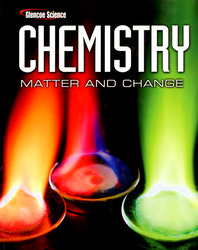1 <a onClick="window.open('/olcweb/cgi/pluginpop.cgi?it=jpg::::/sites/dl/free/007874637x/514747/fig6_16.jpg','popWin', 'width=NaN,height=NaN,resizable,scrollbars');" href="#"><img valign="absmiddle" height="16" width="16" border="0" src="/olcweb/styles/shared/linkicons/image.gif"> (81.0K)</a> A) more likely to form positive ions B) less likely to form positive ions C) most likely to lose their outer electrons D) lacking valence electrons 2 A) I B) Br C) Cl D) F 3 A) O2- B) C C) HCl D) lithium-3 4 <a onClick="window.open('/olcweb/cgi/pluginpop.cgi?it=jpg::::/sites/dl/free/007874637x/514747/fig6_12.jpg','popWin', 'width=NaN,height=NaN,resizable,scrollbars');" href="#"><img valign="absmiddle" height="16" width="16" border="0" src="/olcweb/styles/shared/linkicons/image.gif"> (24.0K)</a> A) upper left B) upper right C) lower left D) lower right 5 <a onClick="window.open('/olcweb/cgi/pluginpop.cgi?it=jpg::::/sites/dl/free/007874637x/514747/fig6_14.jpg','popWin', 'width=NaN,height=NaN,resizable,scrollbars');" href="#"><img valign="absmiddle" height="16" width="16" border="0" src="/olcweb/styles/shared/linkicons/image.gif"> (100.0K)</a> A) Atoms in group 15 are larger than atoms in group 17. B) Atoms in group 15 have more protons than atoms in group 17 C) Ions forming from group 15 atoms have a greater negative charge than ions forming from group 17 atoms. D) Atoms in group 15 are less likely to lose electrons than atoms in group 17.





